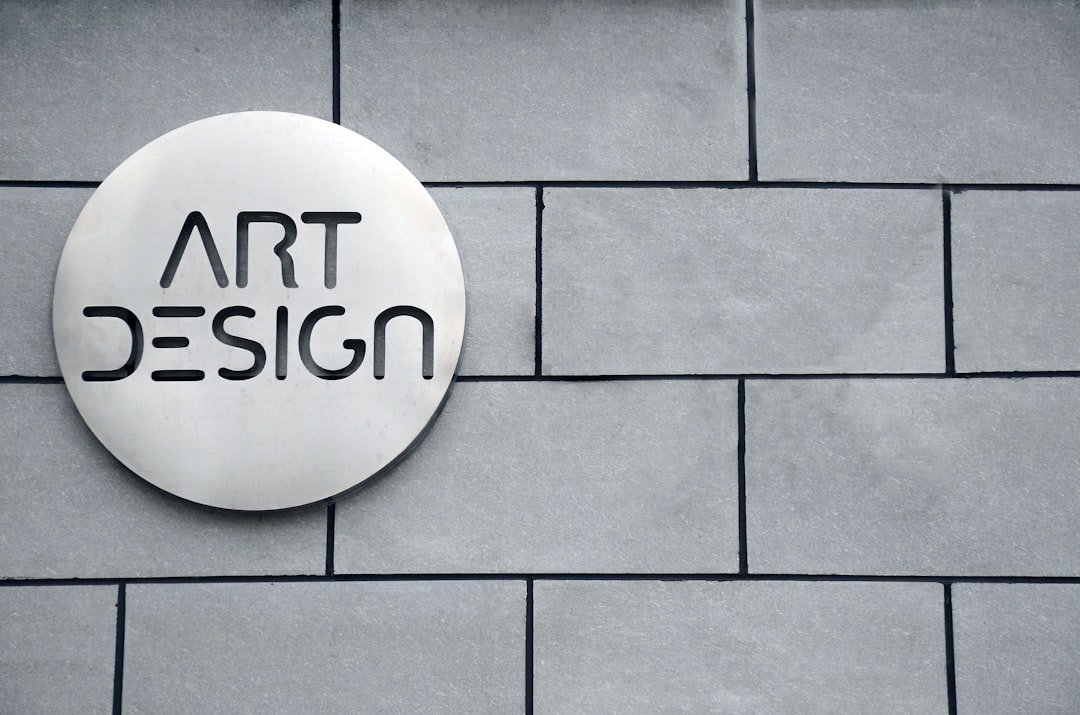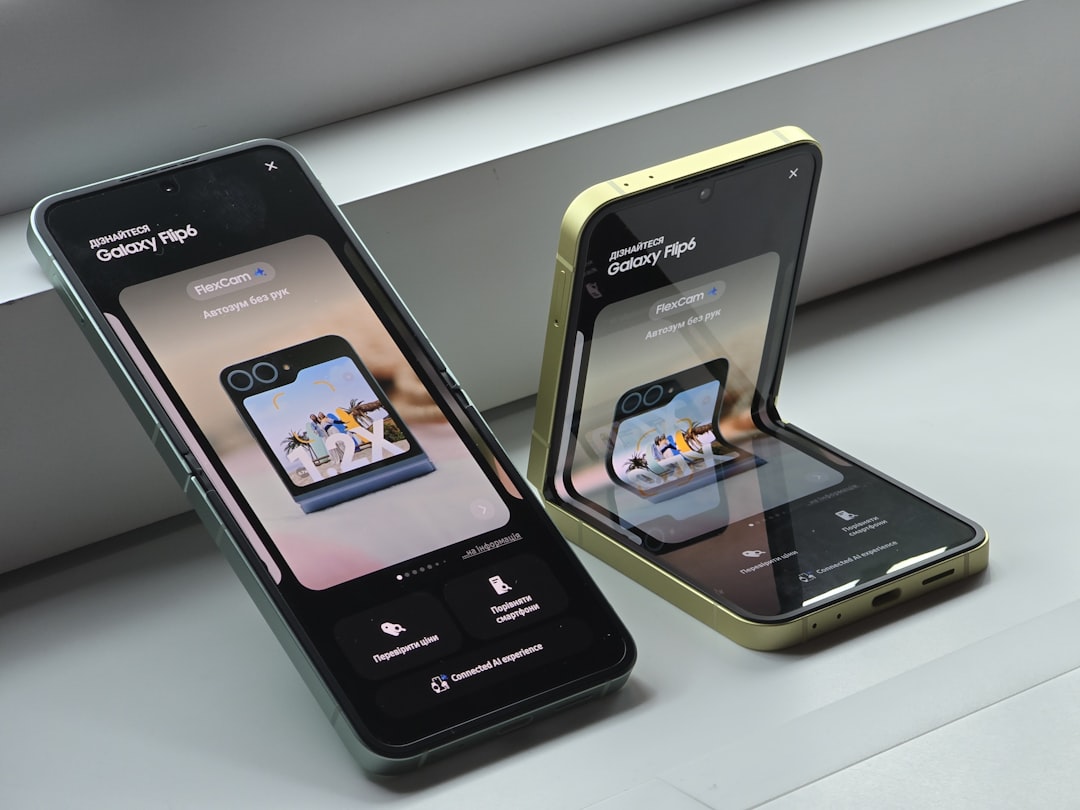In today’s digital-first world, first impressions are often made online. Your logo and digital business card are two powerful tools that can make or break that impression. Whether you’re an entrepreneur, a freelancer, or running a small business, creating a visually cohesive and professional branding bundle can streamline networking and boost brand recognition.
TLDR: A compelling logo and digital business card bundle sets the visual tone for your brand. Start by understanding your brand identity, then design a logo using tools or hire a professional. Create a matching digital business card using apps or templates to ensure consistency across platforms. Optimize for scalability, legibility, and functionality to leave a lasting impression.
The Importance of a Unified Branding Package
Logos and business cards act as the visual handshake for your brand. A well-thought-out bundle ensures consistency across all digital platforms—from social media profiles to email signatures. This unified look not only builds trust but also reinforces your brand’s personality and values.
What Is a Logo and Digital Business Card Bundle?
A branding bundle includes at minimum:
- Logo: A graphic symbol or stylized text that represents your brand.
- Digital Business Card: A shareable, interactive version of a traditional business card that includes contact information, social media links, and branding elements.
Some bundles may also include email signatures, letterheads, and templates for social media posts to create a consistent brand presence.
Step-by-Step: Creating Your Logo
Your logo is the cornerstone of your brand identity. It should be memorable, versatile, and appropriate for your industry.
1. Define Your Brand Identity
Before starting the design process, clarify what your brand stands for. Ask yourself:
- What are my brand’s core values?
- Who is my target audience?
- What emotions should my logo evoke?
Understanding your brand helps guide design choices in color, typography, and iconography.
2. Choose the Right Design Tool
Depending on your skill level and budget, here are a few options:
- DIY Online Tools: Canva, Looka, and Hatchful offer user-friendly interfaces for beginners.
- Professional Design Software: Adobe Illustrator or Affinity Designer for advanced users who want more control.
- Hire a Designer: Use platforms like Fiverr, 99designs, or local freelancers for expert support.
3. Pick the Right Elements
Pay close attention to the following components of your logo:
- Colors: Choose a palette that reflects your brand identity and appeals to your target audience.
- Typography: Select fonts that are readable and align with your brand message.
- Icons or Symbols: Use recognizable symbols that enhance, not clutter, your message.

4. Scalability and Versatility
Your logo should look great at any size, whether it’s on a billboard or a mobile phone screen. Make sure it works in:
- Full color
- Black and white
- Inverted colors
- Various aspect ratios
Export your logo in multiple formats: .SVG for scalability, .PNG for transparency, and .JPG for web usage.
Designing a Digital Business Card
Once your logo is finalized, it’s time to integrate it into a digital business card. Unlike traditional cards, digital versions offer more interactivity and convenience.
What Should a Digital Business Card Include?
A complete card typically features:
- Name and title
- Logo
- Email and phone number
- Social media handles
- Website and/or portfolio links
- QR code for instant access
Digital Tools for Creating Business Cards
You don’t need to be a graphic designer to create an outstanding card. Here are some tools to consider:
- HiHello: Lets you create customizable digital cards with QR codes.
- Canva: Offers templates and drag-and-drop features for personalized designs.
- Adobe Express: Good for users who want design flexibility with mobile optimization.
Maintain Visual Consistency
Ensure your digital card reflects your logo’s style:
- Use the same color palette and fonts
- Position your logo prominently
- Keep layout clean and uncluttered

Branding Tips for Cohesion and Appeal
To make your logo and digital business card bundle truly professional, follow these additional branding tips:
1. Stick to a Brand Guide
Create a mini brand guide that includes:
- Logo usage rules
- Color swatches (HEX, RGB, CMYK)
- Typography settings
This guide ensures consistency in every future marketing material or website update.
2. Think Mobile First
With more networking happening through smartphones, design with mobile screens in mind. Test your digital card’s readability and interactivity on various devices before you finalize.
3. Get Feedback
Before launching your logo and digital business card, get opinions from peers, potential customers, or friends. Honest feedback helps refine your design and catch issues you might have missed.
Bundling It All Together
Now that you’ve created your logo and digital business card, it’s time to package everything professionally:
- Save your logo in multiple resolutions and formats.
- Export your digital business card as a PDF and a link.
- Create a simple ZIP file or cloud folder with everything neatly labeled.
You can even go a step further by creating a landing page or digital portfolio that hosts your branding bundle, making it easy to share with clients or employers.

Conclusion
Creating a logo and digital business card bundle is more than a design exercise—it’s a branding strategy that pays dividends. With the right approach, tools, and attention to detail, you’ll not only look professional but also create a lasting impression in any interaction. Remember, your branding is the story you tell the world—make sure it’s one worth remembering.
So whether you’re launching a startup or refreshing your personal brand, invest the time and creativity to build a cohesive identity. It might just be the boost your business needs to stand out from the crowd.



Leave a Reply